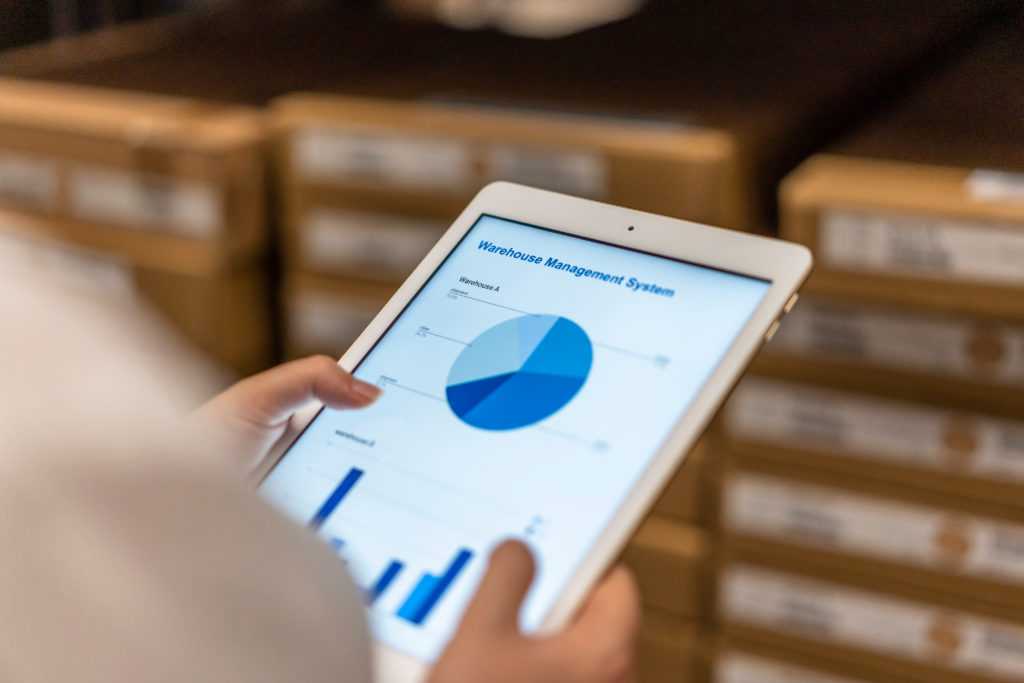Retailers’ Excess Inventory a Gift for Holiday Shoppers
Going into the 2022 holiday season, many U.S. retailers found themselves flush with inventory, a situation they couldn’t imagine for much of the last two years. Having pulled forward 2022 orders to prevent the supply chain challenges they faced in 2021 and grappling with several seasons’ worth of late orders arriving at once, retailers were sitting on $732 billion of excess goods in July 2022, according to the Census Bureau. That was a 21% increase compared to the same period last year.


Although they sold off some excess inventory since then, they still need to offload a lot of surplus goods by the end of January 2023, the end of the fiscal year, and have slashed prices to do it. That meant bigger bargains for shoppers and better discounts over the 2022 holidays compared to the 2021 holiday season, as well as retailers promoting holiday sales far back as last October. “We see retailers beginning promotions and offerings and deals earlier than ever before,” Matthew Shay, president and CEO at the National Retail Federation (NRF), said on a post-Thanksgiving press call.
Having too much inventory is a particular problem for retailers when persistent inflation, rising interest rates, and reduced household savings are all expected to slow consumer spending in 2023. That’s why retailers wanted to tempt shoppers into making holiday purchases while they could still afford them so they can clear their old inventory by the end of their fiscal year later this month.
Shoppers to the rescue
Some signs suggest the deep and prolonged discounting has been working. Some 196.7 million Americans shopped in stores and online from Thanksgiving Day through Cyber Monday during the holidays, according to the annual Thanksgiving weekend survey released by the NRF and Prosper Insights & Analytics, nearly 17 million up from 2021.
According to Mastercard SpendingPulse, U.S. retail sales, excluding automotive, increased 7.6% year-on-year over the entire 2022 holiday season, running from November 1 through December 24, with online sales growing 10.6%. Restaurant and apparel sales were the strongest drivers of growth as consumers ventured back to work and celebrated the holidays.
Can retailers keep this up? Shay expressed confidence that full-year retail sales will be up for 2022. “We feel very good about the forecast of 6% to 8% growth,” he said during the press call, adding that “the CEOs that I have talked to across the industry in a variety of categories and segments of retail feel that in general their inventory levels are in a good place.”
Yet not everyone is so bullish. Brian Ehrig, partner in the consumer practice of global strategy and management consulting firm Kearney, is unsure whether retailers can clear their inventory backlog by the end of January. “I think they’ve got quite a ways to go,” he says. “The level of discounting you currently see has been going on for several months and it doesn’t appear that there’s much end in sight. Most of these companies are carrying at least a month more supply than they have historically.”
Even if deeper holiday markdowns increased consumer spending, that may not be good news for 2022 profits, especially for those retailers who bought many excess products at a high cost back when materials and labor were in short supply. “Companies are now deeply discounting these more-expensive products, so there’s a huge question of profitability that’s hurting everybody,” says Elaine Kwon, managing partner at Kwontified, an e-commerce management and research firm specializing in fashion and beauty.
Inna Kuznetsova, CEO of ToolsGroup, a global supply chain planning and optimization firm, points out that many leading retailers have been reporting big declines in profitability, even as year-on-year revenue growth remains strong. “The retail industry isn’t facing a revenue problem, it is facing an inventory and margin problem,” she says.
Not every retailer is desperate to unload old stock. “Quite a number of retailers are holding onto excess inventory, because they aren’t certain that all of the supply chain disruptions that we’ve had are over and they would rather make sure that they have inventory to sell and deal with the carrying cost,” says Ehrig.
Smarter Planning
As consumer behavior, inflation, and potential supply chain hiccups remain wild cards, retailers will probably have to rely on a combination of old-fashioned tricks, such as the heavy discounting that persisted for many right up until Christmas, and new technology.
For example, retailers now have a number of new AI-enabled software solutions at their disposal that can potentially help with inventory planning at a time when traditional techniques based on historical demand aren’t working. “Getting the right goods to the rights stores at the right price, with the intelligence to optimize markdowns, is vitally important,” says Kuznetsova.
However, this isn’t a magic bullet. According to Ehrig, AI-enabled solutions can work very well for retailers operating a direct-to-consumer business, but the industry still faces significant real-time information gaps. “What we still don’t do very well is real-time information sharing in the wholesale environment, between brands and retailers,” he says. “That’s a pretty big problem that needs to be solved.”
What can retailers learn from these unprecedented years of acute inventory shortages, followed by acute oversupply? Technology alone cannot prepare them for constant swings in supply and demand, but Ehrig says that companies can adapt by increasing near-shoring, getting better at planning and analytics, and thinking about the ecosystem that’s bringing their products to market as an extended part of their company. “They need to take more responsibility for orchestrating everything that’s going on, rather than leaving it to third parties that aren’t working together in a truly collaborative way,” he says.
This problem has become so severe that it is now an issue that preoccupies CEOs, according to Ehrig. “CEOs have never wanted to talk about inventory and supply problems, because they would prefer to talk about the consumer and growth, but now they have to pay attention to supply volatility and shifts in demand as well.”